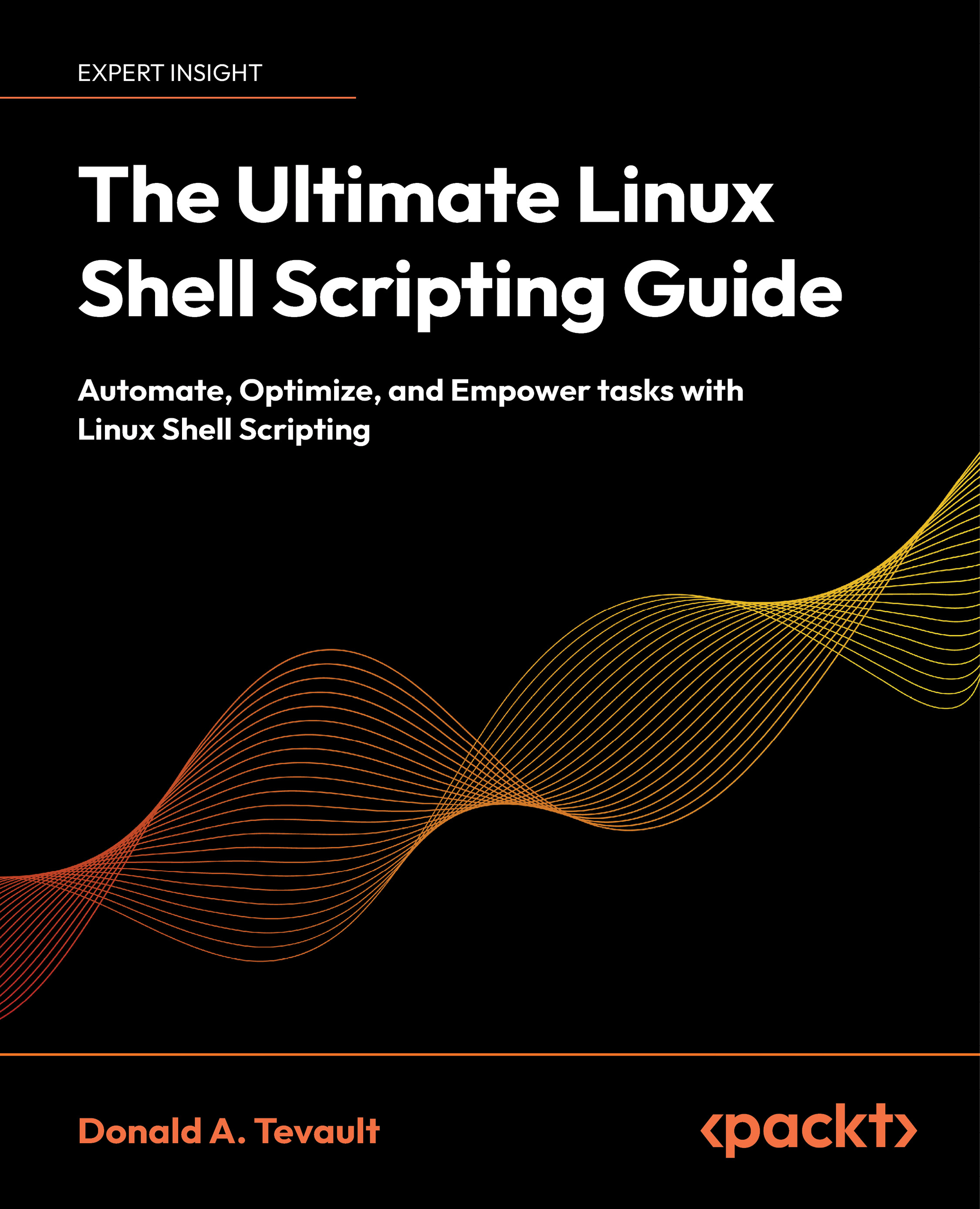Understanding Environmental Variables
Environmental variables control the configuration and functioning of the operating system shell. When you install either a Linux or Unix/Unix-like operating system such as FreeBSD or OpenIndiana, you’ll find that a default set of environmental variables has already been defined at both the global and user levels.
To see the list of environmental variables and their settings, use the env command, like so:
[donnie@fedora ~]$ env
SHELL=/bin/bash
IMSETTINGS_INTEGRATE_DESKTOP=yes
COLORTERM=truecolor
XDG_CONFIG_DIRS=/etc/xdg/lxsession:/etc/xdg
HISTCONTROL=ignoredups
. . .
. . .
MAIL=/var/spool/mail/donnie
OLDPWD=/etc/profile.d
_=/bin/env
[donnie@fedora ~]$
The complete list of environmental variables is very extensive. Fortunately, you don’t need to memorize what each and every item does for you. Most of the ones that you do need to know are self-explanatory.
Instead of viewing the entire list, you can also view the value...
































































